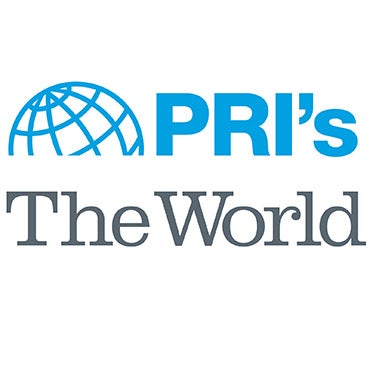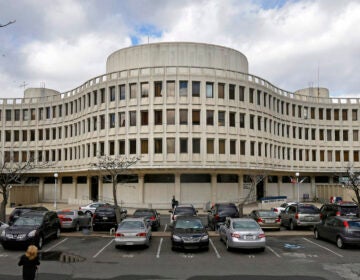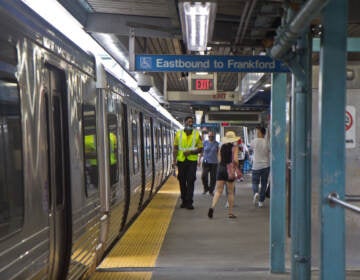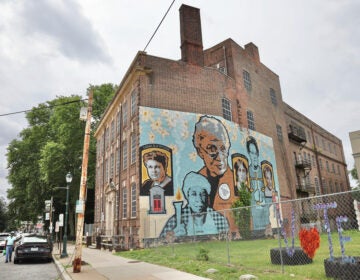Paul Levy: Center City is walking tall
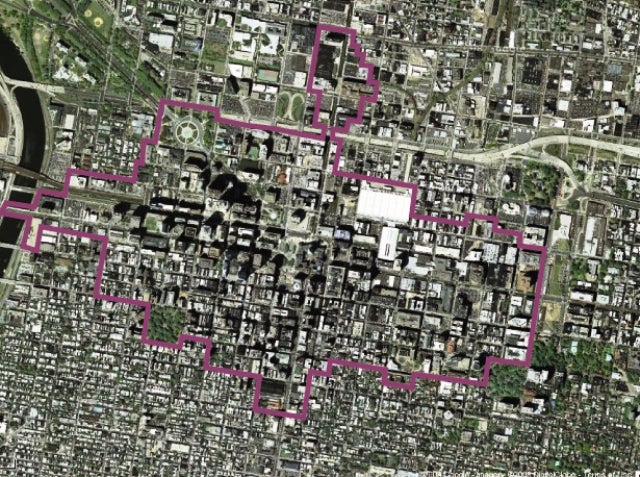
May 15
CCD State of Center City report
By Thomas J. Walsh
For PlanPhilly
Walkability. If he said it once, he said it 100 times.
Center City Philadelphia’s walkability is the key to the downtown’s success in any number of ways, according to Paul Levy, president and CEO of the Center City District, which today released its annual “State of Center City” report. It details the health of downtown’s office sector, health care and education, hospitality and tourism, arts and culture, the residential and retail markets, parks and recreation and transportation.
Perhaps the best news for those strolling about their downtown neighborhoods, chock-a-block with new outdoor seating at restaurants and cafés, is that the year’s biggest national news story, aside from Obama v. Clinton, is practically a nonissue here.
“There is no evidence of a bubble bursting downtown,” said Levy, pointing to charts and graphs that show new condominium sales up and steady, with prices to match. As for the general national housing downturn and its accompanying credit squeeze, he said, “We think we’re incredibly well buffered from it.”
The Philadelphia region was “dead last” among the 10 largest metropolitan areas for the percentage of homes foreclosed upon in 2007, at less than half of 1 percent. Condo prices in Center City in 2007 were up 6.4 percent on the year before on a per-square-foot basis, and prices for units in “perimeter residential neighborhoods” were up 14.4 percent.
Apartment construction is down, but mostly because there are no more empty buildings to convert to apartments. Single-family home construction and conversions, though, are high, eclipsing 1,000 new homes last year, especially around in-fill areas along the southern edge of Center City.
“This is not speculative housing,” Levy said, adding that there will be a continued demand for downtown condos, apartments and houses. “This is not investor housing.”
Levy is an enthusiastic presenter of this kind of information, but overstatement is not his style. He likes to pile up evidence via dizzying PowerPoints, occasionally pausing for caveats when necessary. More people living and working in Center City creates traffic nightmares and strains infrastructure, for example, but those are good problems to have and can be solved, he said. The suburbs still have it all over the city in terms of job growth, but last year was the first time in 15 years that the city actually gained regional market share for office space. It was only by 1 percent, but it was not a loss, and that, he said, is significant and further evidence of downtown’s vibrant residential statistics.
“We are at a historical moment when we can reverse” the trend of losing city residents to the suburbs, Levy said. He mused that not so long ago, there were only about 3,000 small children living in Center City. New statistical information tells a different story: between 2000 and 2005, 11,276 infants were born to Center City parents. A lot of those new pedestrians are behind strollers.
The Center City District, stretching from river to river, defines its area in different ways for residential and business measurements, roughly shaking out as Girard Avenue to Tasker Street for residential and Spring Garden Street to South Street for businesses.
“The key strategy is to fill in gaps in the fabric,” Levy said. He cited blocks on East Chestnut and East Market streets, along with spots in Chinatown, between Old City and Northern Liberties and neighborhoods broken up by the Vine Street Expressway (including here and there along the Benjamin Franklin Parkway, where, despite the many and growing number of cultural institutions, the concept of walkability gets tested).
Overall, the state of Center City is sound and growing, Levy said, though it has not yet fully rebounded, economically, from the recession of 2000-2001. Office occupancy rates remain at about 10 percent, despite (and perhaps in part because of) the addition of the 1.2 million square-foot Comcast Center, but job growth was only 1.7 percent from 2004 to 2007 – 6.5 percent below 2000 levels. Suburban job growth, by contrast, jumped more than 10 percent from 2002 to 2007.
How to fix that? Walkability is one factor – 40 percent of downtown residents can walk to work. And with a rising interest in downtown living and mounting fuel costs, the city’s amenities and ease of access is a competitive advantage that will factor into planning, whether the topic is politics, business, development or infrastructure.
“Steady, mandated reductions in the wage tax have significantly narrowed the cost differential between the city and surrounding suburbs,” the report states. “Mayor Nutter’s commitment to regulatory simplification and significant reductions in the [business privilege tax] creates a strategic opportunity for office business growth and attraction.”
Even SEPTA is looking brighter, Levy said. With the state’s 2007 passage of Act 44, creating the Public Transportation Trust Fund, transit systems, roads and bridges are getting long-needed infusions of investment. More silver lining from those rising gas prices means ridership is up across SEPTA’s entire system.
Perhaps most importantly, SEPTA’s leadership and customer service is improving. “Their culture is changing in a really big way,” Levy said. “It’ll take time.”
Tourism and hospitality are surging, too, Levy said, with favorable projections that align well with the expanding Pennsylvania Convention Center.
The full report encompasses 48 pages and includes a report on the Center City District itself, completed by the market research firm Eshelman & Townsend.
Contact the reporter at thomaswalsh1@gmail.com
WHYY is your source for fact-based, in-depth journalism and information. As a nonprofit organization, we rely on financial support from readers like you. Please give today.

